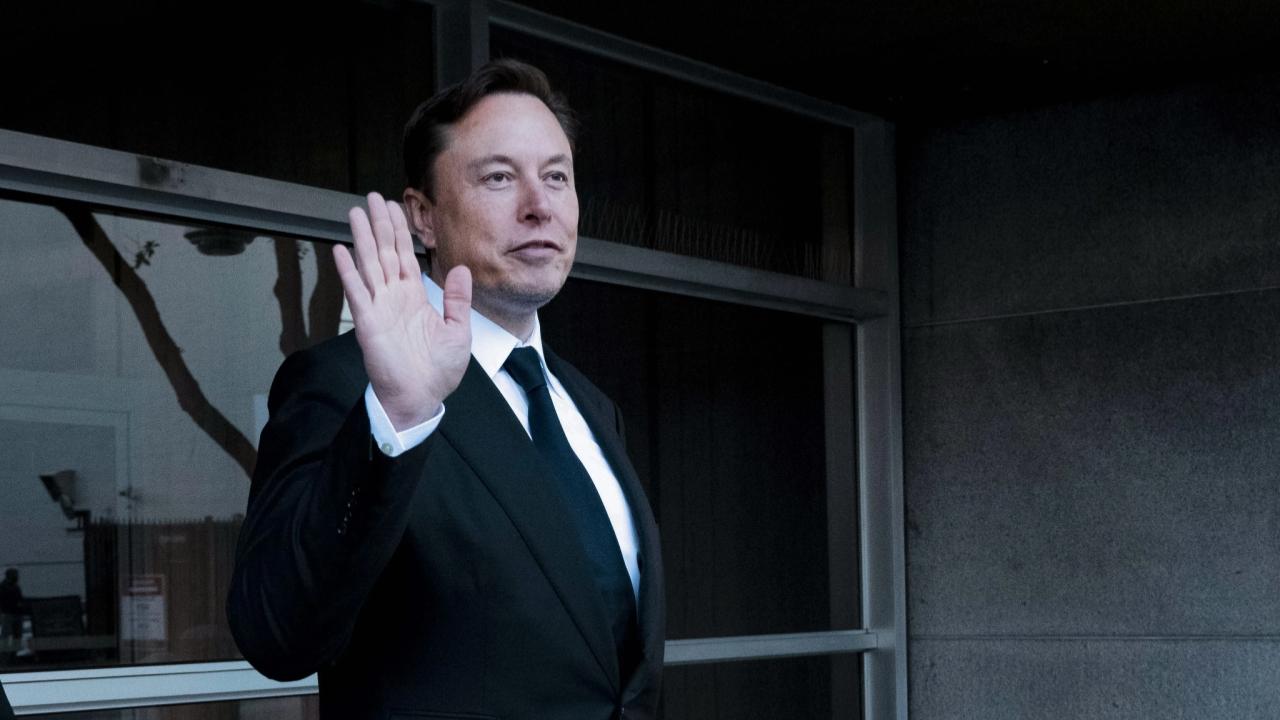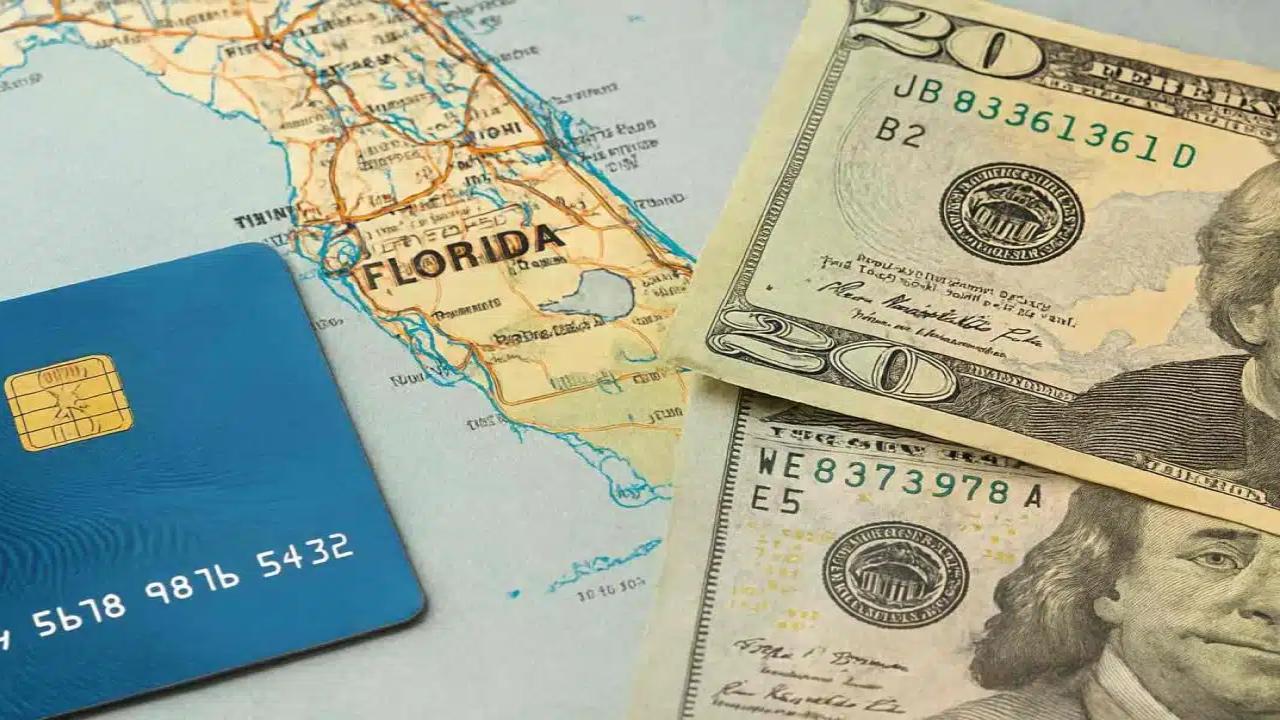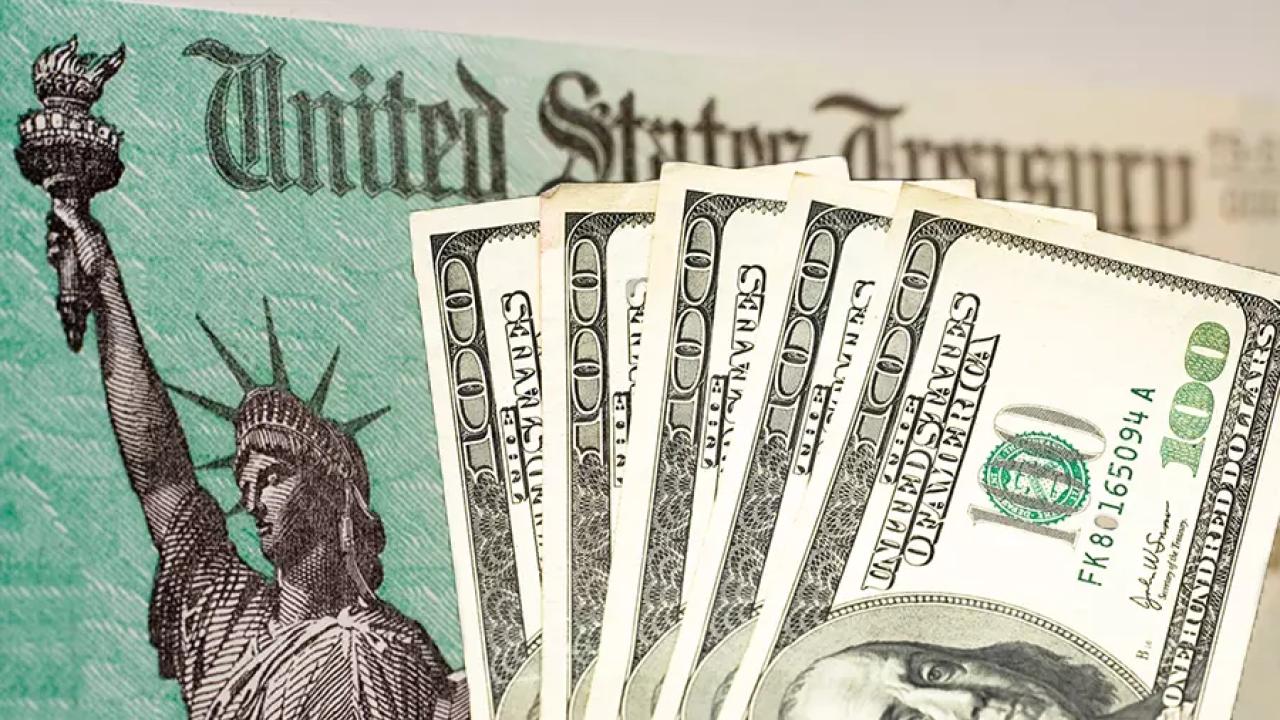In a high-stakes sit-down that’s already got Wall Street buzzing, former President Donald Trump just met with Federal Reserve Chair Jerome Powell—and what came out of that room could shape everything from your mortgage rate to your 401(k). The meeting, which took place at the White House on May 29, 2025, was the first between the two during Trump’s second term, and let’s just say… the vibes were tense.

Trump, never one to mince words, urged Powell to slash interest rates, claiming that America’s economic muscle was being “handcuffed” while competitors like China kept borrowing costs low. Powell, however, stood his ground and doubled down on the Fed’s independence, saying decisions will be made based on facts, not politics.
This one-on-one was more than just a photo op. With inflation still above the Federal Reserve’s 2% target, and rates sitting tight between 4.25% and 4.5%, the outcome of this conversation could ripple through everything from Wall Street to Main Street.
Trump Just Met with the Fed Chair
| Detail | Info |
|---|---|
| Meeting Date | May 29, 2025 |
| Who Met | Donald Trump (President), Jerome Powell (Federal Reserve Chair) |
| Topic | Interest rates, inflation, Fed independence |
| Current Fed Rate Range | 4.25% – 4.5% |
| Trump’s Demand | Lower interest rates to boost U.S. competitiveness |
| Powell’s Response | Fed decisions will remain non-political, based on economic data |
| Potential Economic Impact | Could affect borrowing costs, investor confidence, and inflation outlook |
The Trump-Powell showdown isn’t just about two big personalities—it’s about the delicate balance between politics and economics. Trump wants rocket fuel for the economy heading into 2026. Powell wants data and discipline. And in the middle? Everyday Americans, trying to buy homes, run businesses, or save for retirement.
Whatever happens next, one thing’s for sure: how Powell responds in the coming weeks could shape the economy for years to come. So keep an eye on the headlines, your wallet, and the Fed’s next move.
What’s the Big Deal with This Trump-Powell Meeting?
Let’s rewind a bit. During Trump’s first term, he constantly blasted Powell on Twitter (now X), accusing him of stalling the economy with high interest rates. Even floated the idea of firing him—a legal gray area that would’ve sparked a major constitutional fight.
Fast forward to now: inflation’s been a pain in everyone’s wallet, the Fed’s been keeping interest rates higher to cool it down, and Trump’s back in the Oval Office. So when the two finally met, everyone knew fireworks were possible.
Trump wants rate cuts. Powell wants data-driven decisions. It’s that simple—and that complicated.
How Do Interest Rates Actually Affect You?
You don’t need an econ degree to get why this matters. Here’s how the Fed’s decisions ripple into your daily life:
Higher Interest Rates = More Expensive Loans
Whether it’s your mortgage, car loan, or credit card, interest rates go up when the Fed tightens. That means you pay more to borrow.
Lower Rates = Cheaper Borrowing, But Risky Inflation
Cheaper loans can fuel spending and boost jobs, but if overdone, it can light a fire under inflation—think groceries, rent, and gas all shooting up.
Investment Portfolios Shift
If Powell signals cuts, stocks could surge. But if inflation flares again? Buckle up, volatility’s coming.
The Fed’s Role: Refresher for Folks in the Back
The Federal Reserve, or just “the Fed,” is America’s central bank. Its job? Keep inflation in check and make sure jobs are abundant. It does this by tweaking interest rates and watching economic indicators like a hawk.
Jerome Powell, the current Chair, was first appointed by Trump in 2018, but things soured quickly between them. Trump believes low interest rates are key to “America First” economics. Powell believes in… not being told what to do by politicians.
And that’s a good thing.
Why? If the Fed bows to political pressure, the market might panic, investors could pull out, and the dollar’s value could tank.
Trump’s Strategy: Economic Rocket Fuel or Political Theater?
Trump’s call to cut rates isn’t all smoke and mirrors. Some economists argue that with inflation trending down and unemployment staying low, a rate cut might make sense later this year.
But here’s the catch: Trump pushing Powell now makes the Fed’s job harder. If Powell were to cut rates soon after this meeting, critics might say he caved to political pressure—even if the data supports it.
This puts Powell in a tight spot. Act too fast, and it looks like he’s Trump’s puppet. Wait too long, and he risks tipping the economy into a recession.
Markets React: What Wall Street’s Watching
The moment the White House confirmed the meeting, bond yields ticked lower and traders started speculating: Could a rate cut really be back on the table?
Here’s what they’re watching:
- Inflation reports for May and June
- Labor market strength
- GDP growth in Q2
- Powell’s next public statement—will he double down or soften?
For now, the market sees a 50-50 chance of a rate cut by September 2025, according to CME FedWatch data.
Real Talk: What Should Regular Folks Do Right Now?
Whether you’re a homeowner, small biz owner, or just trying to build a little wealth, here’s what to keep in mind:
1. Lock In Loans if You Need ‘Em
If you’re planning to refinance or buy a home, consider locking your mortgage rate now. If Powell doesn’t budge, rates could stay high through year-end.
2. Watch Your Credit Card Balances
High Fed rates = high APR on credit cards. Try to pay off monthly balances to dodge interest traps.
3. Stay Diversified in Your Investments
Markets may swing depending on what Powell says next. Make sure you’re not all in one sector—especially rate-sensitive ones like real estate.
4. Emergency Fund > Risky Bets
Don’t gamble on rate cuts. Keep 3-6 months of expenses saved in a liquid account in case the economy hits a bump.
Bernard Kerik Dead at 69—The Scandal, The Redemption, The End
Trump Wants to Fire Feds Faster—Thanks to DOGE, He Might Get His Way!
Trump’s Tariff Leverage Is Gone—Taiwan Just Dominated the Game
Frequently Asked Questions (FAQs)
Q1: Can Trump fire Jerome Powell if he refuses to cut rates?
No. The Federal Reserve Act protects the Fed’s independence. Powell’s term runs until 2026, and legal precedent makes it nearly impossible to fire a Fed chair over policy disagreements.
Q2: When is the next interest rate decision?
The Fed’s next policy meeting is scheduled for June 12, 2025. Analysts will be watching closely for any signs of shift in tone.
Q3: What happens if the Fed cuts rates too early?
It could reignite inflation, which Americans have been battling since the COVID-19 recovery. The Fed needs solid evidence that inflation is under control before making a move.
Q4: Has this kind of political pressure happened before?
Yes—Trump pressured Powell in 2019, and even Presidents like Nixon and LBJ tried to sway the Fed. But history shows that when the Fed gives in, inflation often follows.










